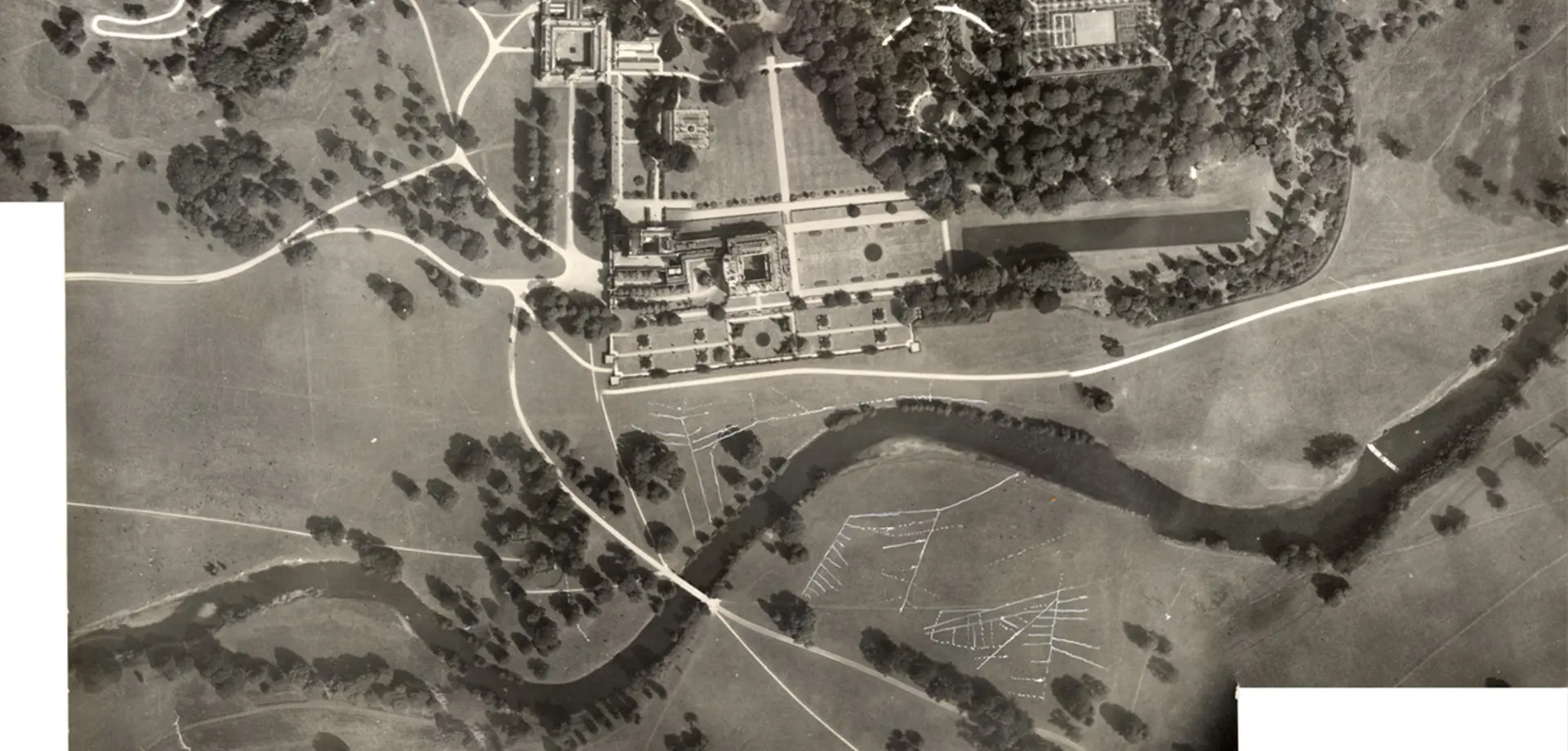Over the past few weeks, something exciting has been happening to our historic landscapes. As well as bringing out the barbecues, beach balls and bikinis, this summer’s heatwave has summoned the ghosts of many of Britain’s lost buildings. Clumber Park in Nottinghamshire has seen its demolished house reappear in the lawn, corridors and all. Many country houses have also seen old garden layouts and features peeking through the dry ground in the form of parch marks. At Chatsworth, not only have garden features reappeared, but an entire lost village has returned to the surface.
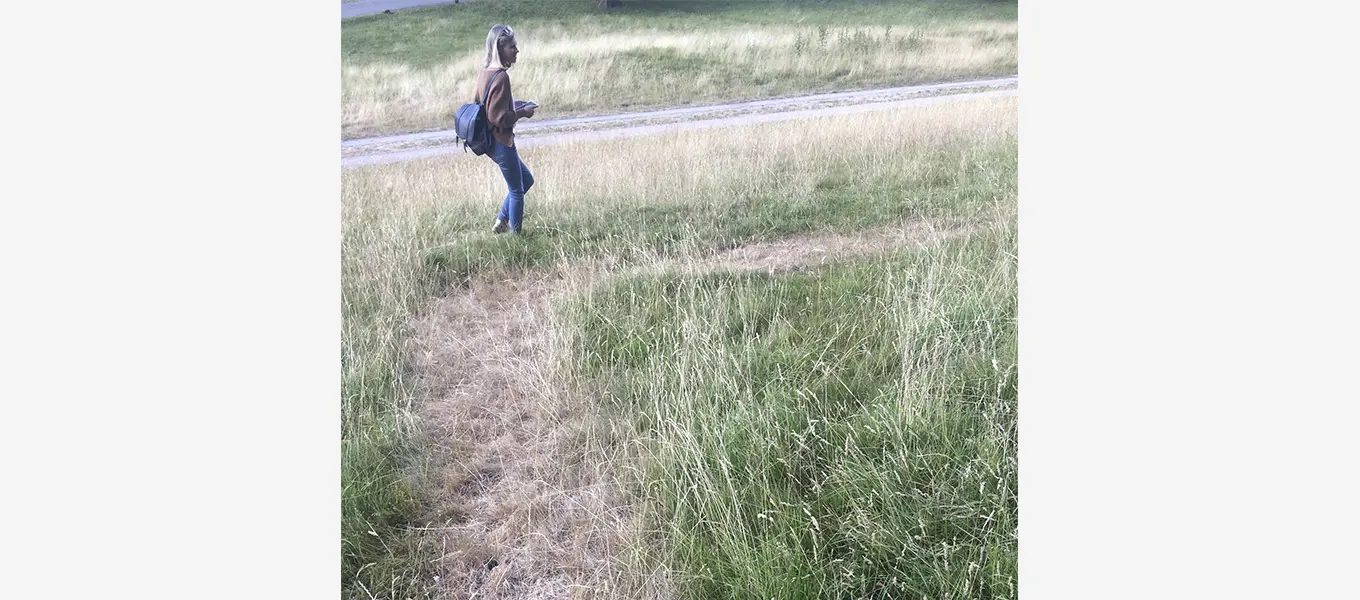
Remarkable aerial photographs taken by Chatsworth’s head forester John Everitt show the demolished high street of Edensor (pronounced Enza), which has only been seen a handful of times in the last 200 years. Some photographs were taken during another dry summer in the 1940s, but John and his drone have been able to take much clearer photographs in colour, which show the outlines of houses, barns and the old school in detail. These photographs add to our understanding of what life on the estate was like in previous centuries.
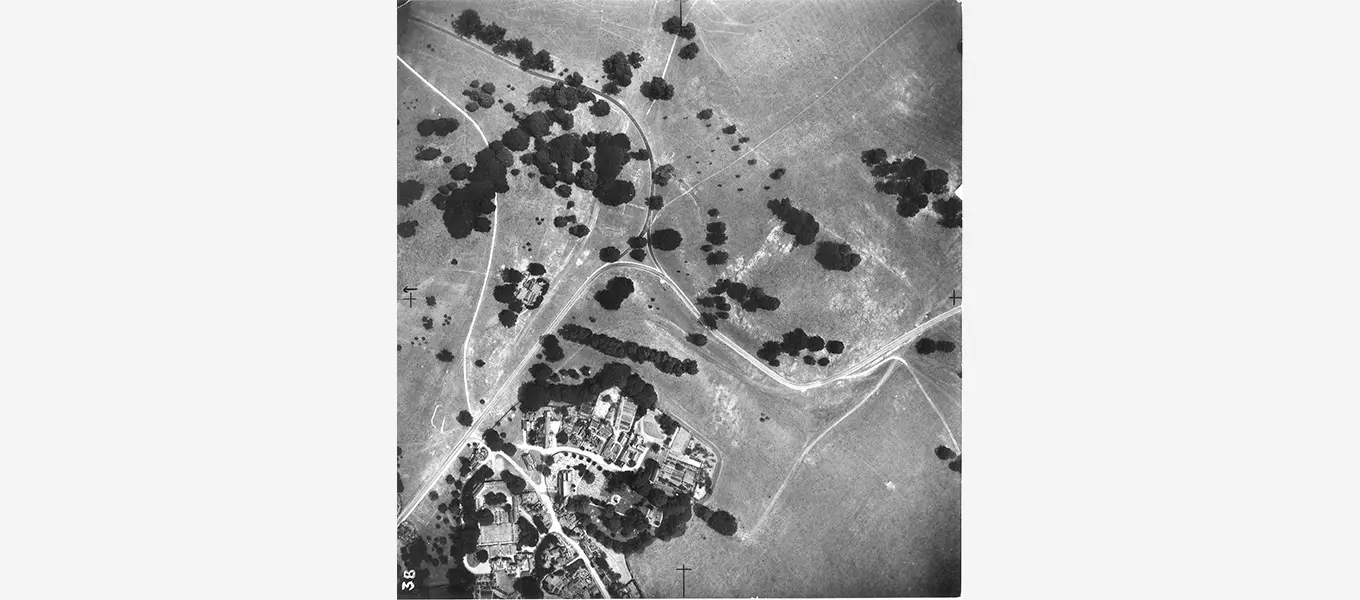
Edensor was slowly and dramatically altered by the 4th Duke of Devonshire, and later by his grandson the 6th Duke. In the mid-eighteenth century a number of demolitions at the village, including the inn and vicarage, were motivated by aesthetic choices. These buildings were removed to make way for Lancelot Capability Brown’s vision of a natural landscape. The village at this time was mostly made up of small, plain and modest homes which were in stark contrast to the grandeur of Chatsworth itself. The tenants’ cottages, shops, houses and workshops can be seen in the top-left corner of Jan Siberecht’s View of Chatsworth from the East (c.1705) and in a small sketch by John Constable (1801).
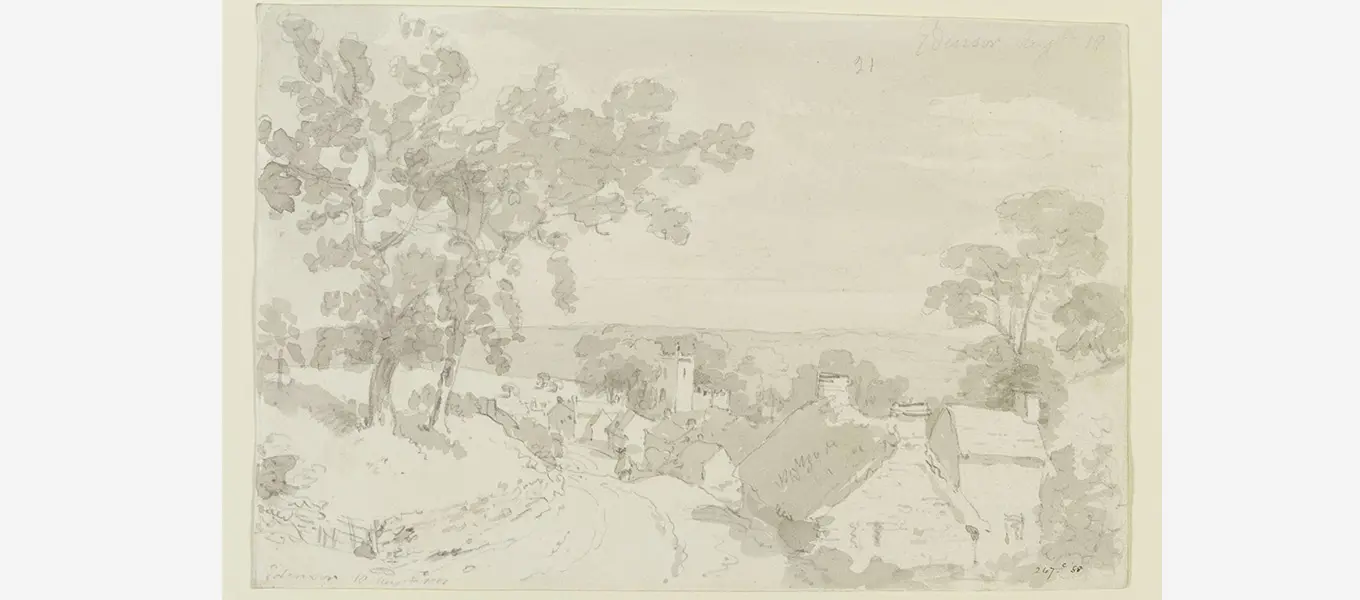
In the mid-1830s, the 6th Duke of Devonshire decided to continue the work started by his grandfather, demolishing the remainder of the high street (with the exception of Gardener’s Cottage, which you can read about here). The Duke wished to improve the approach to Chatsworth, but more importantly, the living conditions of his villagers. One observer commented that before the alterations, the village was full of ‘unsightly houses and plenty of dirty, ragged-looking children generally appearing to open the gate on the passage of a carriage’. The 6th Duke wished to make the new Edensor ‘remarkable for neatness, comfort and all rational advantages’. The transformation came at a time of great interest in the connection between the quality of housing, and the moral and physical health of the poor. It is no coincidence that social reformer Edwin Chadwick’s Report on the Sanitary Conditions of the Labouring Population of Great Britain was published in 1842, the year that the new Edensor was completed. Edwin Chadwick had even received advice from Joseph Paxton, Chatsworth’s head gardener and land agent, about how the poor could benefit from being provided with a cottage garden.
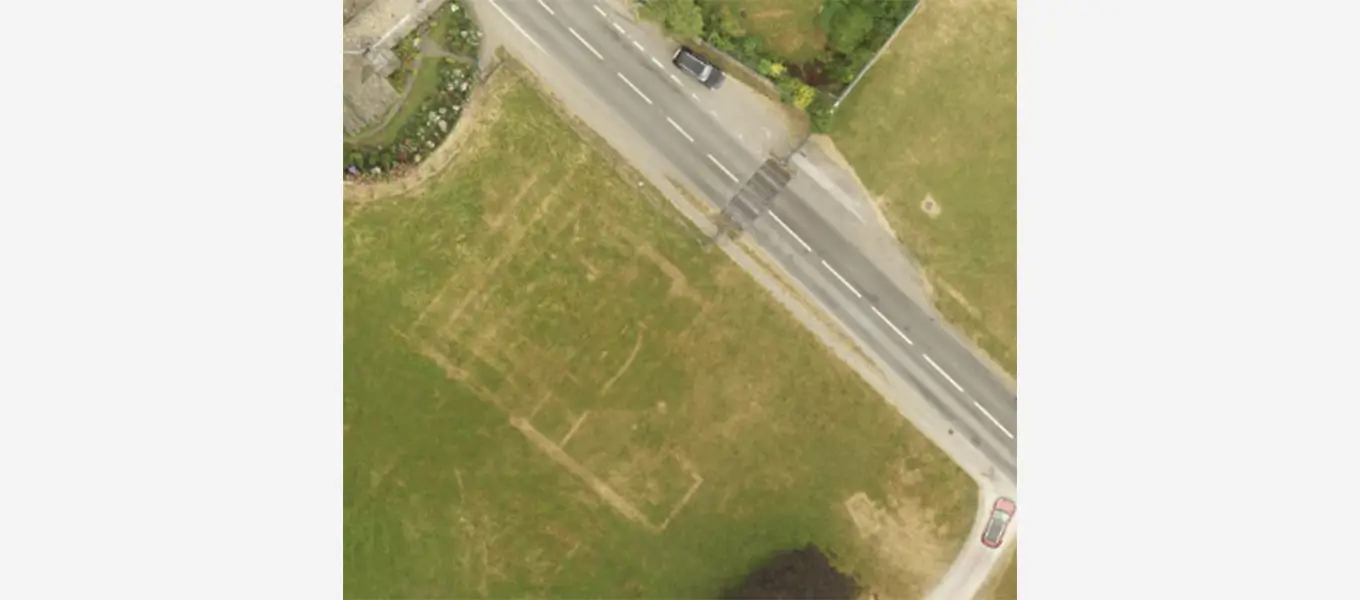
Some of Edensor survived the demolitions, but many of the houses were rebuilt and repaired beyond recognition. The new Edensor was very different to the village recorded in the work of John Constable and Jan Siberechts. The village that visitors see today as they enter the estate is a chocolate box picture, a quaint hodgepodge of different architectural designs inspired by various time periods and rustic European styles. Time has softened its artificiality, and it is now recognised as one of the most beautiful villages in Britain. In the nineteenth century, however, not everybody was a fan of the Duke’s project. In a scathing review published in 1844, the author P.G. Patmore called Edensor ‘a toy village’, where ‘the men, and the women too, seem to have forgotten to talk, the dogs how to bark, the cats how to mew, and even the birds how to sing’.
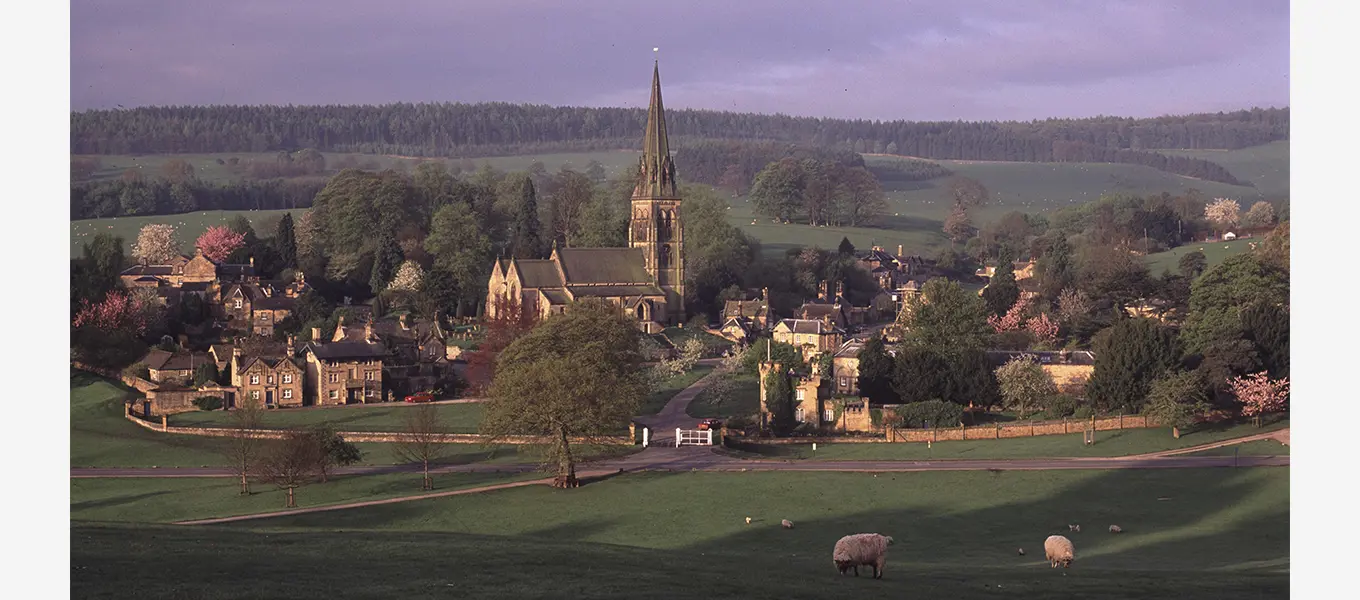
Over the next few weeks we will be writing three more blog posts about the ghost of Edensor’s old High Street, and attempting to match up the parch marks in the grass with buildings shown on maps in the archive. We will be asking: who lived in these houses? Where did they go? How did changes to the landscape alter people’s lives between 1700 and 1950?


